San Gervasio – Cozumel’s Maya Ruins
The lack of awe-inspiring temples on Cozumel belies its true importance to the Maya civilization. Home to the goddess Ix’Chel, the island was a sacred place of pilgrimage and a major center of commerce. We took a tour of Cozumel’s main cluster of ruins at San Gervasio, in the center of the island, and learned more about the beliefs of this fascinating people.
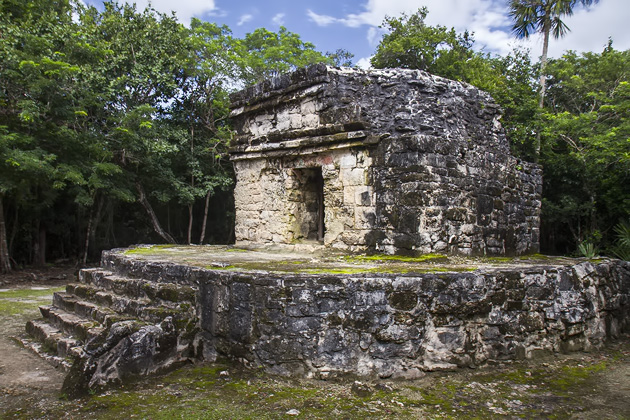
Though disappointing to modern tourists, the absence of towering Maya pyramids on Cozumel is actually proof of their practical wisdom. The Maya knew that Cozumel was a regular victim of hurricanes, and thus constructed their buildings low to the ground. During our horseback tour through Cozumel’s jungle, we had even seen an ingenious Maya hurricane detection system: a round hut with conch shells molded into the ceiling. When strong winds would sweep in, the air circulating within the hut would be forced through the shells, emitting a noise loud enough to be heard across the island.
Accompanying us on our tour of San Gervasio was Elizabeth Palm, an anthropologist based in San Miguel. As we walked between the site’s various structures, she filled us in on colorful details about life during the era. Cozumel was known to the Maya as “Tantún” and was believed to be the sacred realm of Ix’Chel, the goddess of fertility. Couples who were having trouble conceiving, or women who hoped to birth great warriors, would travel hundreds of kilometers and cross the channel to pray at the sacred temples.
Battling against the fog of mosquitoes which had descended upon San Gervasio, we encountered vestiges of these temples and some of the roads, or sacbeob, along which the pilgrims would arrive. We saw the Arch, which the faithful would pass under on their way to worship. And farther away, we found the Ka’na Na Pyramid, where oracles would deliver their prophecies. Elizabeth explained that, just like modern-day politicians, Maya rulers weren’t above manipulation to keep their people under control. Thanks to their advanced understanding of astronomical cycles, Maya scientists were able to predict celestial events such as eclipses. To the normal Maya farmer, such revelations must have seemed like magic.
To be sure, San Gervasio isn’t the most memorable collection of ruins on the peninsula, but its history as a center of pilgrimage is fascinating. The site takes around an hour to see, and makes for a great cultural excursion on the island.
If you’d like to learn more about the Maya, and can read Spanish, check out Elizabeth’s blog: Portal Maya, where she clarifies some of the most common misconceptions about this ancient people.
–Budget Accommodation On Cozumel
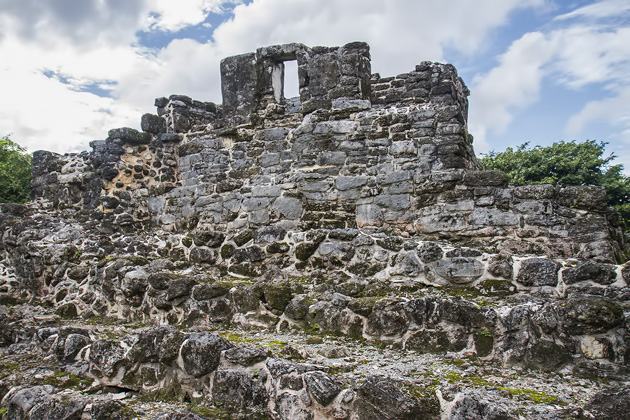
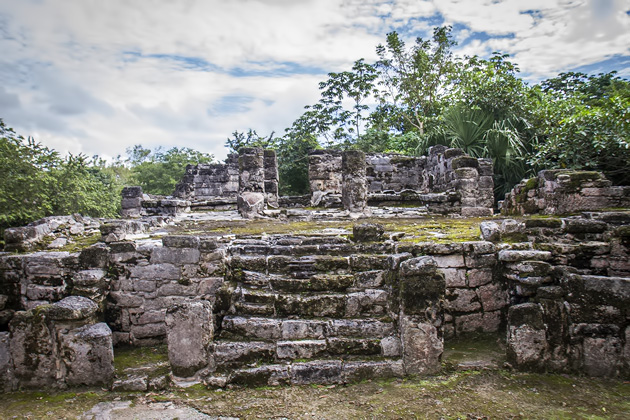
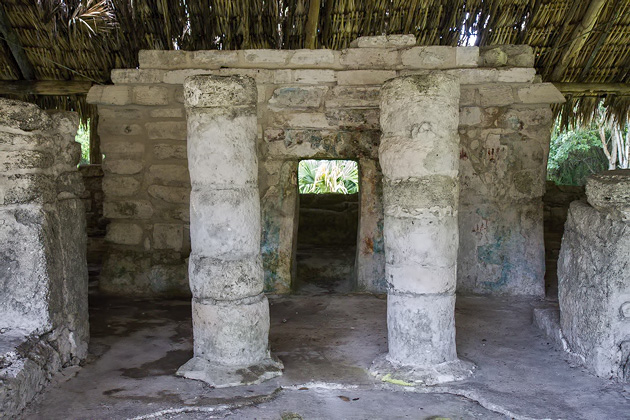
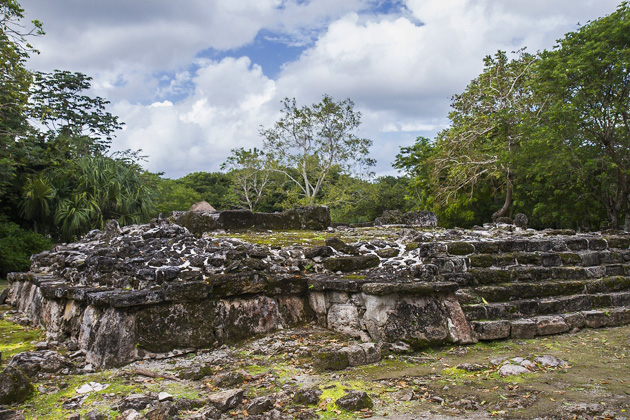
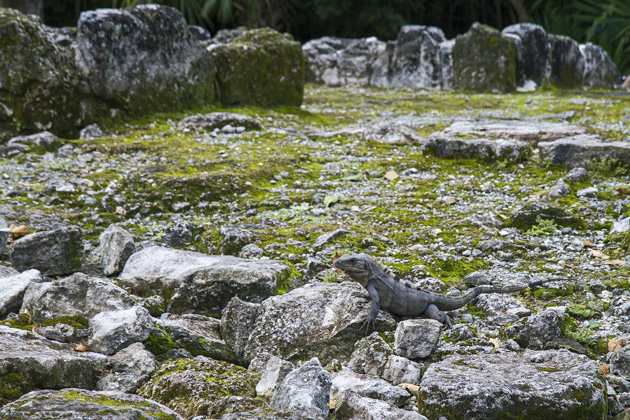
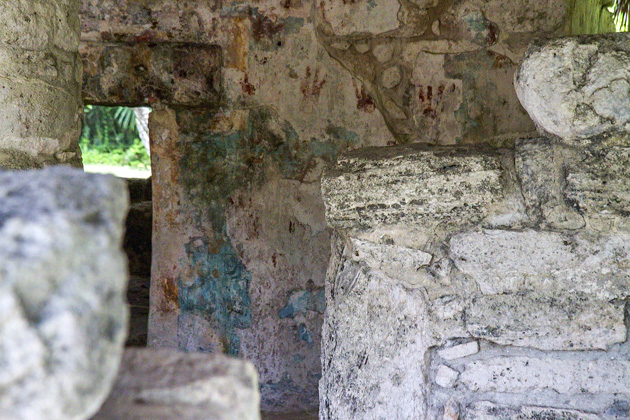
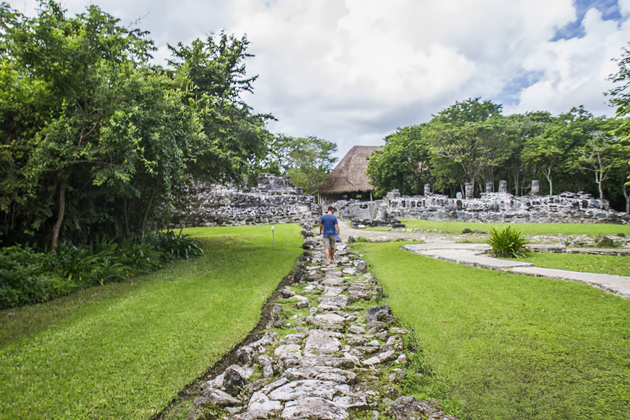
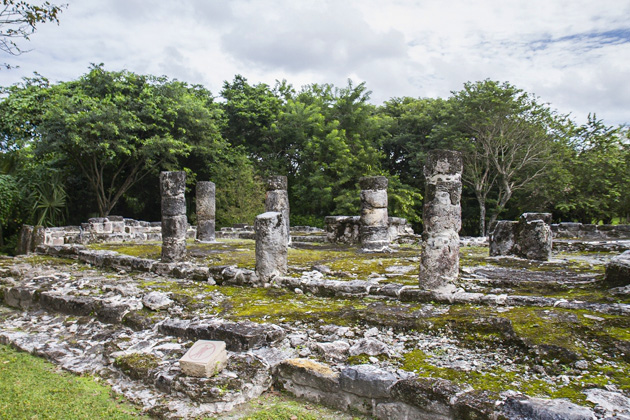
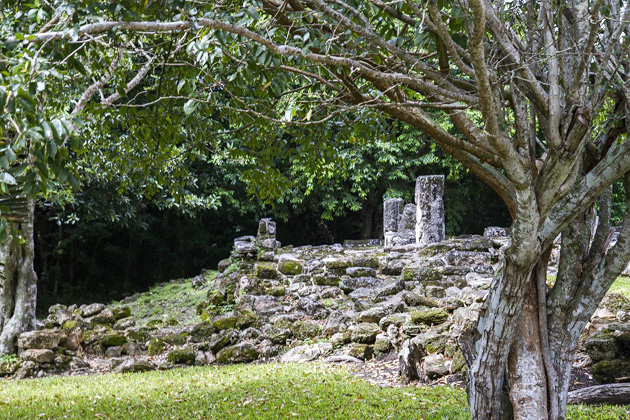
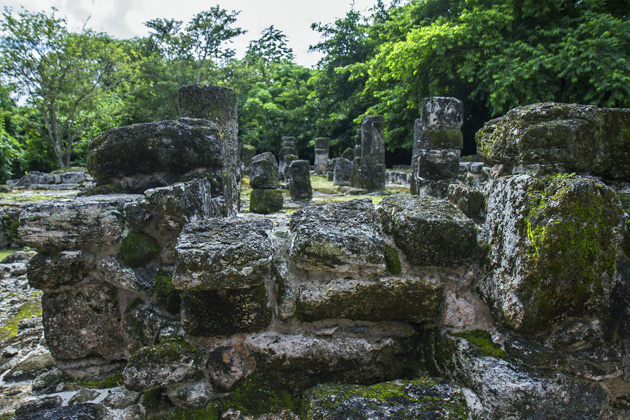
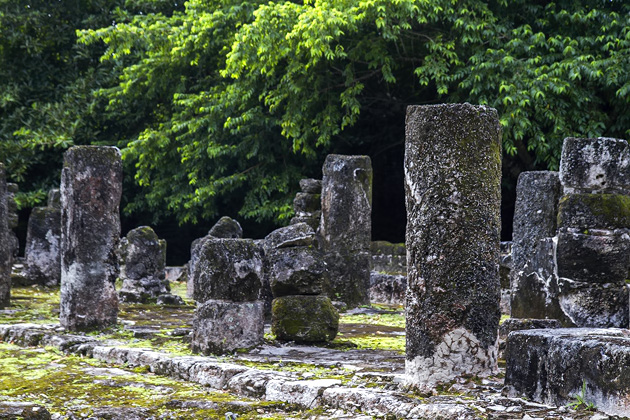
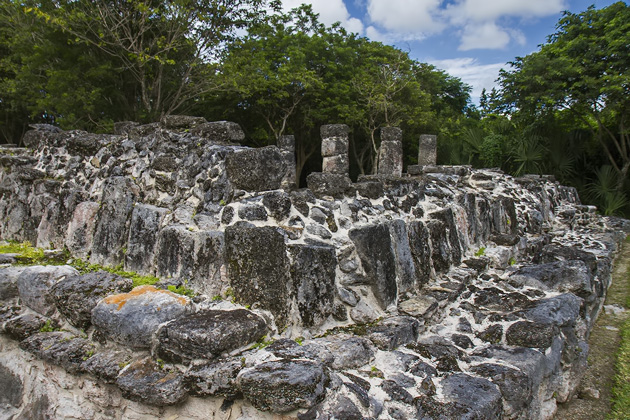
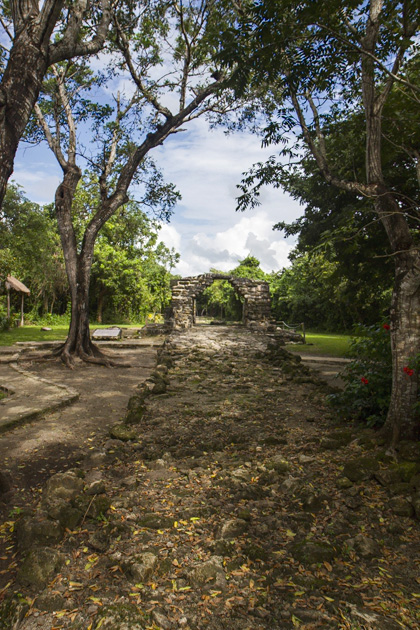
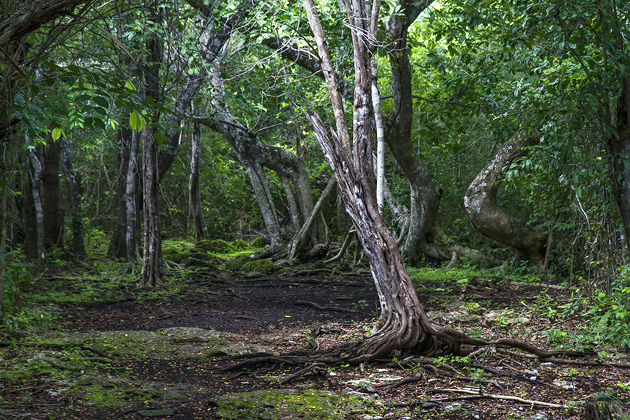
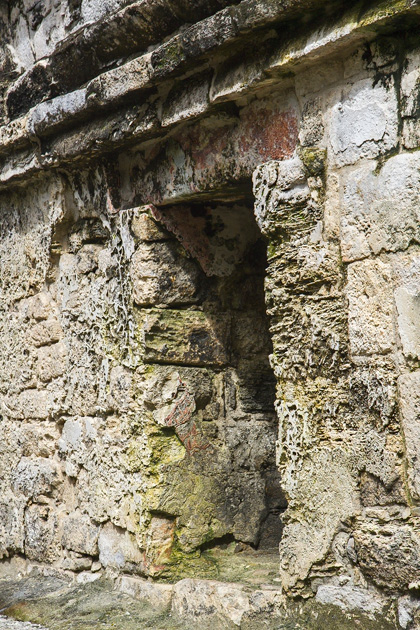
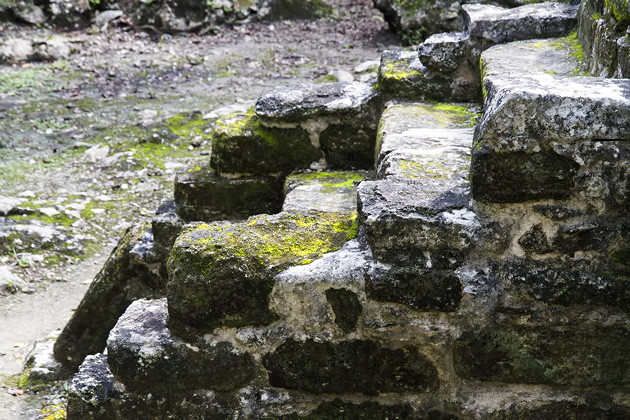
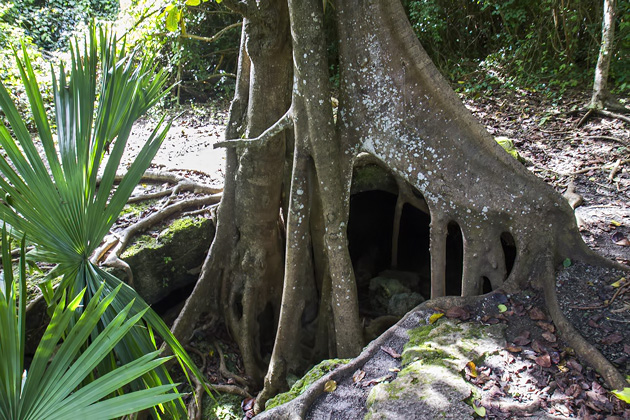
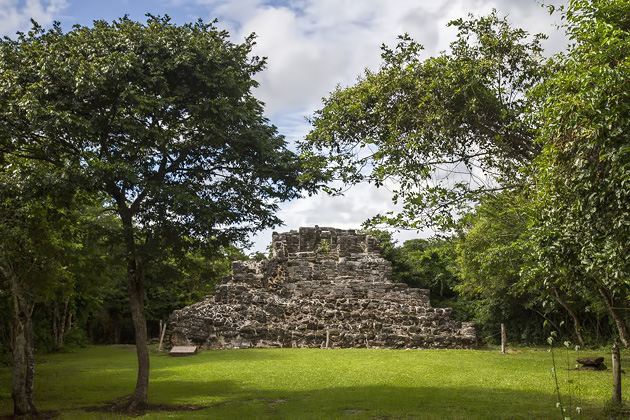
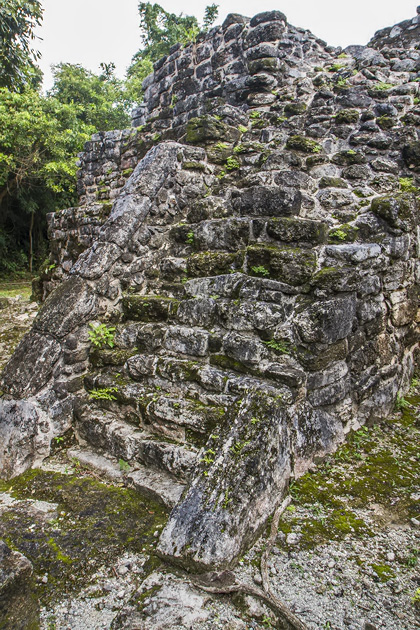
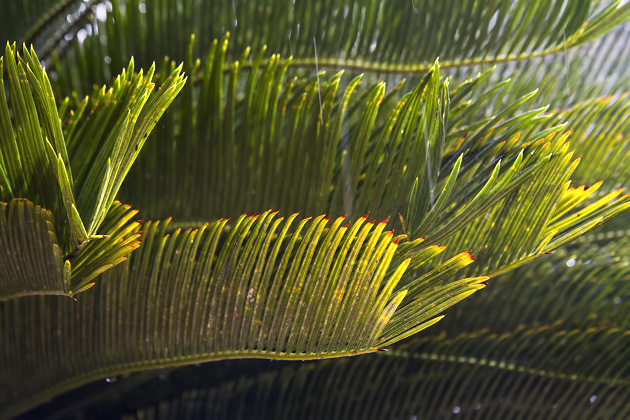
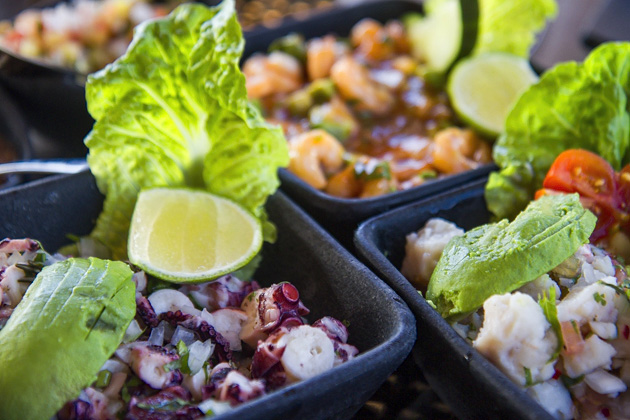
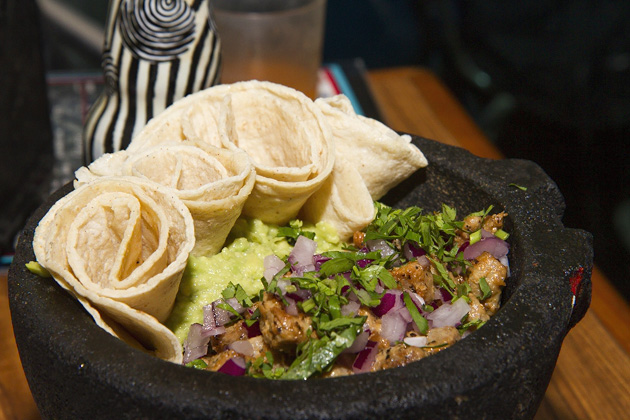
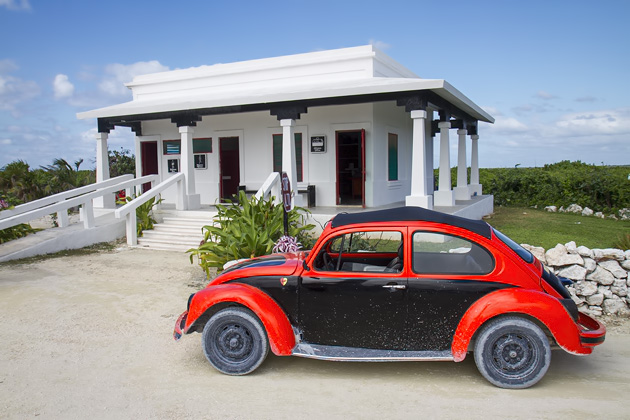

Pingback: Rancho Buenavista – On Horseback Through Cozumel | For 91 Days in the Yucatán – Travel Blog
I learned more about the beliefs of the Maya by deciphering an stucco figure found on a temple 480 meters NNW of the main pyramid illustrated in your first photo. The totem figure, lying off the beaten tourist path, was last seen 40 years ago. This totemic temple the most repre-sentative ruin of the island.
Pingback: The Ruins of Tulum | For 91 Days in the Yucatán – Travel Blog